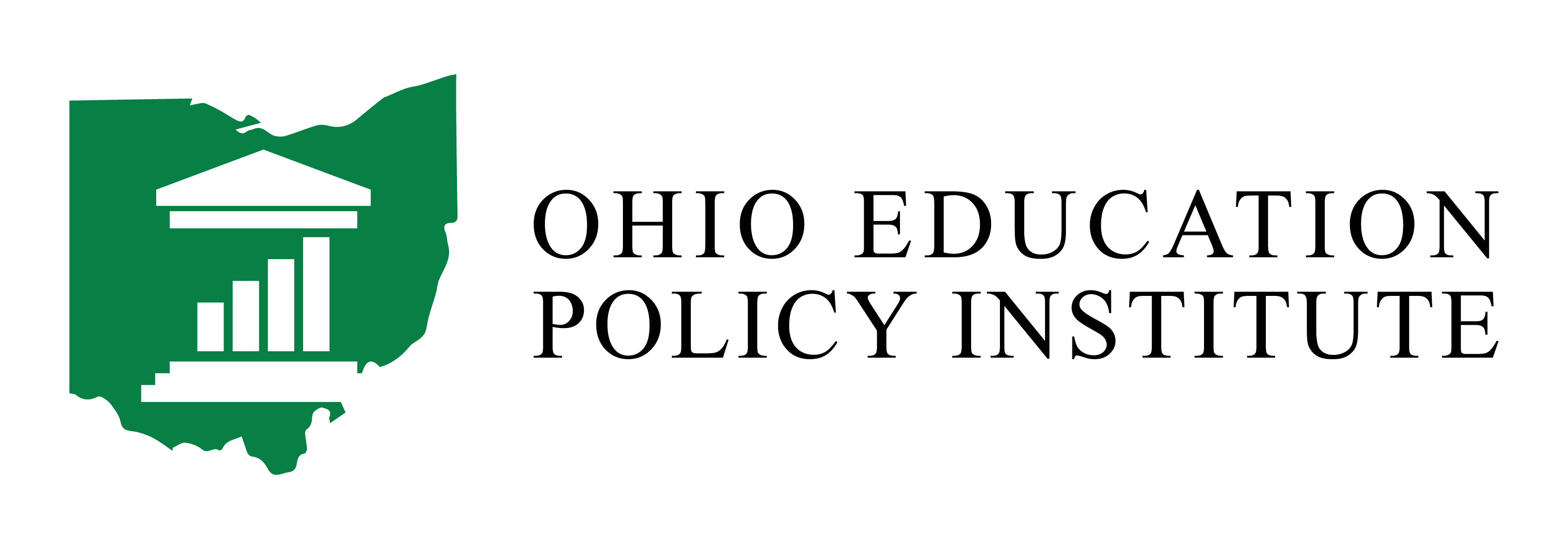As most everyone reading this article likely knows, in December 2020 the Ohio House of Representatives passed House Bill (HB) 305, the Cupp-Patterson “Fair School Funding Plan”, by the overwhelming vote of 87-9. However, the Ohio Senate declined to act on the bill, and it expired with the end of the legislative session on December 31st.
HB 305 was reintroduced in February 2021 as HB 1, and the primary provisions of HB 1 were placed into the House version of the FY22-23 biennial budget (HB 110) in April. When budget deliberations began in the Ohio Senate, longtime OEPI research consultant Dr. Howard Fleeter provided testimony before the Senate Primary and Secondary Education Committee on May 6, 2021.
As there was already considerable testimony provided to the Senate by members of the Cupp-Patterson school finance workgroup, Dr. Fleeter’s testimony focused on the “big picture” perspective by providing a review of Ohio school funding over the past 30 years and a discussion of the DeRolph case and ensuing Ohio Supreme Court rulings with regard to an equitable and adequate funding system.
The main points of Dr. Fleeter’s written testimony are as follows:
1) The four DeRolph court rulings, beginning with the DeRolph I ruling on March 24, 1997 and ending with the final DeRolph IV ruling on December 11, 2002, consistently identified equity and adequacy as the main objectives of a constitutional school funding formula in Ohio.
2) With regard to adequacy, the DeRolph rulings clearly indicate the Court’s emphasis that Ohio’s school funding formula must be based on a methodology for determining not only the cost of educating a “typical” student (which Ohio often refers to as the “base cost”), but also the additional resources required to educate students with additional needs. Students with additional needs include students with disabilities, economically disadvantaged students, career technical education students, English learners and gifted students. Appropriate funding must also be provided to districts to meet their transportation needs, which can vary due to their geography and population density. Together, Ohio often refers to these funding components as the “categoricals”.
3) One of the most well-known phrases from the DeRolph rulings is the term “over-reliance on the local property tax”. Some have interpreted this phrase to mean that local property taxes in Ohio are too high (they are roughly in the middle nationally), while others have interpreted it to mean that Ohioans vote too often on school levies (Ohio does have much more school levy activity than other states; however, this is the fault of HB 920, not the school funding formula). Dr. Fleeter’s testimony asserts that a close reading of the DeRolph rulings consistently reveals that the court was concerned primarily with wealth disparities between high property wealth and low property wealth school districts. Consequently, “over-reliance on the local property tax” was the Court’s way of directing the state to address issues of equity, with the state/local share mechanism and “Tier 2” funding components such as Targeted Assistance and Capacity Aid being the primary drivers of equity in Ohio’s school funding formula.
4) Dr. Fleeter’s testimony next provided an overview of Ohio’s approaches to constructing a school funding formula from FY1990 through FY2021. The period from FY90-FY98 is what we now call the “residual budgeting” period, where the parameters in the funding formula were based not on the cost of educating different types of students, but instead in accordance with the amount of money the legislature chose to allocate toward K-12 education. The DeRolph I decision explicitly ruled this approach to be unacceptable, in fact quoting Dr. Fleeter (then a faculty member at Ohio State University) in doing so.
5) From FY99-FY11, Ohio tried several different approaches toward developing an adequate, cost-based school funding formula. The approaches were both outcomes-based (i.e. based on the spending levels of school districts considered to be delivering an adequate high quality education) and inputs based (base on the cost of the components required to deliver an adequate high quality education). While both approaches are appropriate in theory, Dr. Fleeter’s testimony expressed his professional judgment that an inputs-based approach to adequacy is both more transparent and more stable over time.
6) Since FY11, Ohio has either not had a school funding formula because funding has been frozen at a prior year level (first in the FY12-FY13 biennium and again in FY20 and FY21), or reverted back to the residual budgeting approach where the base cost and other formula parameters were selected on the basis of how much total funding the legislature was willing to allocate towards K-12 education rather than on actual educational costs (FY14-FY19).
7) Dr. Fleeter’s testimony concluded with an explanation of five criteria that are, in his judgment, necessary for Ohio to have an equitable and adequate school funding system. These criteria, which are largely satisfied by the Cupp-Patterson Fair School Funding Plan, are as follows:
- An objective methodology for computing the base cost;
- Cost based approaches for determining categorical funding;
- An equitable state/local share mechanism based on both school district property wealth and income levels of district residents;
- Continuation of Targeted Assistance and Capacity Aid; and
- Direct state funding of community schools and Ohio’s various school voucher programs as is done in virtually every other sate (as opposed to the “deduction” approach which has been utilized in Ohio for more than 20 years).
Dr. Fleeter’s testimony concluded with a brief discussion of the gain cap and transitional aid guarantee, stating that the gain cap should be eliminated but that as a practical matter, the transitional aid guarantee will always be necessary to provide stability in light of natural changes in enrollment, property valuation, and the funding formula itself.
Dr. Fleeter’s full Senate Primary and Secondary Education Committee testimony can be found by clicking here.
